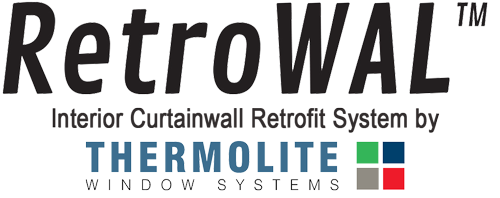When most existing buildings were built, energy efficiency was not a major concern. Curtain wall buildings from 1950 to 1975 most always contained 1/4 glass in their facades that provides very little insulation. To further complicate the issue, many of these buildings have not undergone a comprehensive quality assurance program for their building systems. Even if the building control system, for example, was correctly installed and commissioned when the building was updated 20 years ago, it may not be programmed properly for today’s operations. Furthermore, building documentation often is incomplete, with components and equipment missing or incorrectly installed.
Retrocommissioning is a systematic process to improve an existing building’s performance. Using a systems approach, retrocommissioning identifies operational improvements that will increase occupant comfort and save energy. It also identifies capital investment options that will further transform the building performance. The process can be performed alone or with a retrofit project. Typical energy savings are between 5 percent and 15 percent by performing a building tune up alone but when larger reductions are required for LEED or Energy Star certification more difficult capital investments are required.
RetroWAL is one of the unique product options that decreases building demand and use AND improves the comfort of the building occupants. The short ROI of RetroWAL and the ability of it to reduce energy consumption and load by over 20% in many applications makes it a good option to consider in the planning phase of your retrocommissioning project.


